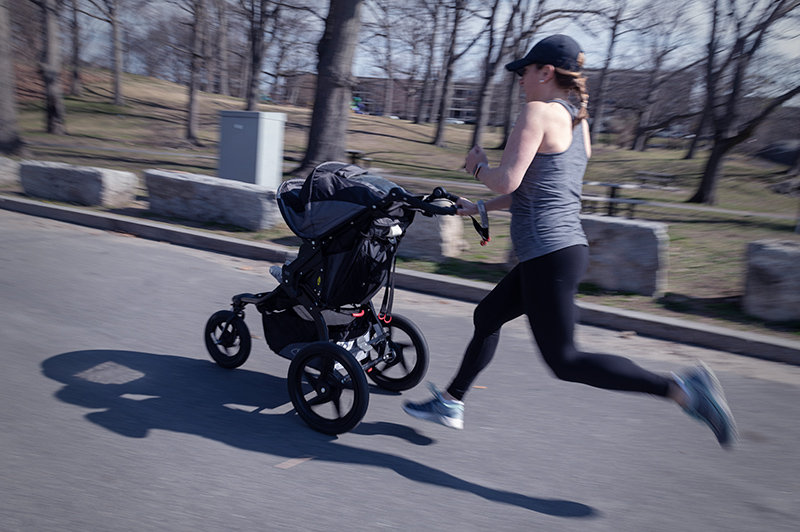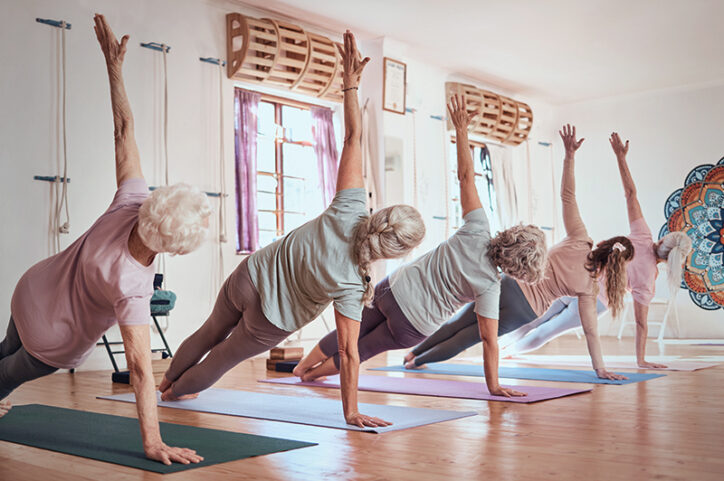Girls and women in sports win the medal of lifelong health

Title IX, the law that prohibits sports discrimination on the basis of sex, has transformed sports for girls and women. Before its passage in 1972, only 295,000 female athletes participated in U.S. high school sports. Today that number is 3.2 million. In that same period, the number of female college athletes swelled from 30,000 to more than 226,000.
This is good news for girls and college-age women. Study after study link sports participation to improved self-esteem as well as physical and mental health. But what about older women? How far after graduation do the benefits of sports extend? Until recently, the answer would depend on whom you asked.
Women between the ages of 40 and 70 who played sports in college were more likely than non-athletes to rate their health as very good or excellent. Long-term health benefits of collegiate sports participation include lower risk of high cholesterol, hypertension, and obesity.
“Some people assume that sports participation would lead to worse health due to prior injury and overuse,” says Andrea Stracciolini, MD, director of Medical Sports Medicine at Boston Children’s Hospital. “Others believe that former athletes have overall better health because they learned how to take care of their bodies at an early age.”
Such a lack of consensus stems from a historical lack of research. Most studies of female athletes focus on high school sports. Few if any have studied the long-term benefits of early sports participation in mid-life or beyond.
A Boston Children’s study published in the Clinical Journal of Sports Medicine provides evidence that female athletes continue to benefit from playing sports well into adulthood.
Female athletes and healthy aging
Researchers in the Sports Medicine Division surveyed alumni of four NCAA New England Division III colleges. Of 1,597 female respondents between 40 and 70 years old, 697 had played collegiate sports.
As adults, women who played sports in college were more likely than non-athletes to rate their health as very good or excellent. More of the former collegiate athletes exercised three or more times a week and fewer had had hypertension or high cholesterol. They were also less likely to have ever smoked or used recreational drugs.

Former athletes fared worse than non-athletes in two ways: they had less mobility and more anxiety. While the study did not look at specific causes, Stracciolini theorizes that issues with mobility may stem from past sports-related injuries. It’s also unclear why collegiate athletes would have more anxiety as adults. It could be that athletes who strive to play at the college level are more likely to have high-achieving personalities with higher baseline levels of anxiety.
Despite advances, sports opportunities remain limited
Overall, the results are great news for women who played sports in college. With its unique focus on long-term outcomes, the current study provides evidence that playing sports could continue to benefit women’s health well into adulthood.
Yet despite the increase in female sports participation, today’s increasingly competitive sports culture often excludes all but the most accomplished athletes.
“We know that a significant number of female athletes drop out of sports in their teen years,” says Stracciolini. In the absence of other opportunities, a young athlete who gets cut from a team is much more likely to become physically inactive. “Once they’ve been inactive for a long time, it’s very hard to become physically active again.”
Like her colleagues in the Female Athlete Program, Stracciolini is pushing for a wider range of opportunities for female athletes. With many high school and college teams striving for near-professional levels of play, providing more recreational-level opportunities could enable a wider range of athletes to reap the lifetime health benefits of staying active in sports.
Learn more about the Sports Medicine Division.
Related Posts :
-

Going for gold starts with breakfast: Nutrition advice for athletes
As they speed-climb 49-foot walls or spring across narrow balance beams, athletes rely on nutrition to provide the energy they ...
-

From injury to backflips: A path to recovery for gymnasts
Gymnasts can create the illusion that gravity doesn’t exist. As they spring from one acrobatic skill into the next, ...
-

Jumping higher, spinning faster: Max’s figure skating story
Thousands of fans around the globe have watched it, but very few people can do it. The quadruple Salchow, also ...
-

Questions to ask about your child’s orthopedic care
Maybe your child has an orthopedic injury and needs surgery, or maybe they need to be treated with a different ...





